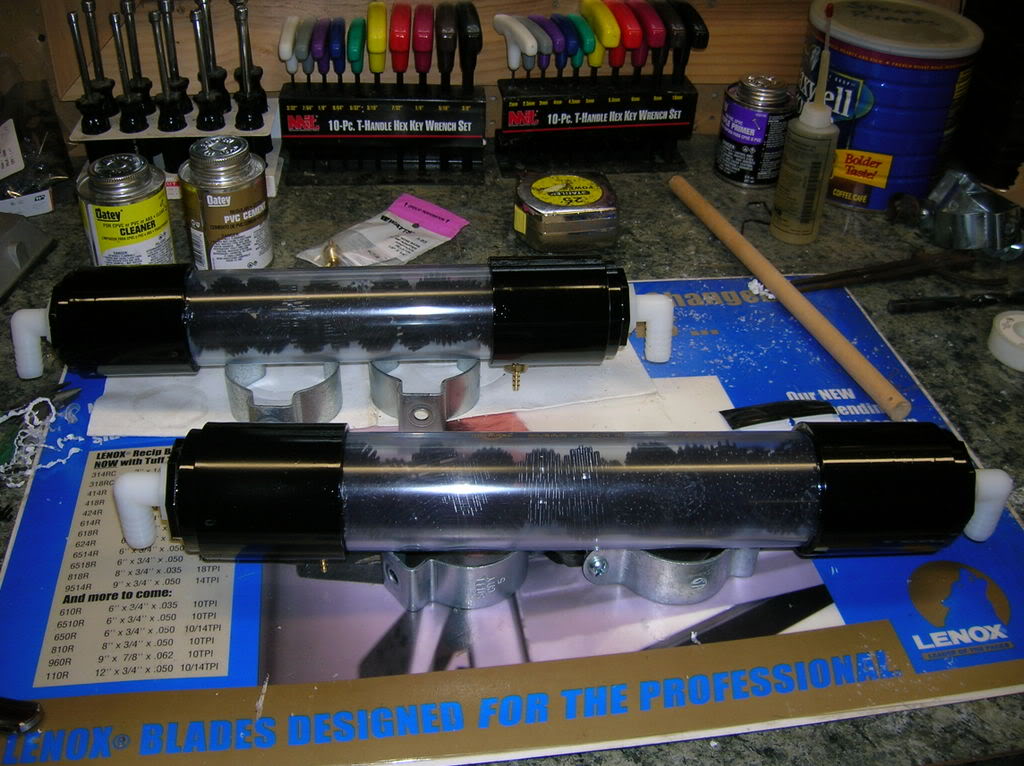theotheragentm
Aquarium Advice Addict
- Joined
- Nov 1, 2006
- Messages
- 2,254
Okay, I've decided to look into a pressurized CO2 system. I am pretty sure I can get the pieces cheaper through my work. We do process applications for industrial and commercial companies.
1. CO2 tank.
2. Pressure regulator w/ upstream and downstream gauges.
3. Check Valve
4. Needle Valve
5. Solenoid Valve
6. pH Meter
7. Air tubing
The one piece I don't know if I can get any cheaper is the piece that will disperse the gas into the tank itself. What should I use?
From what I can tell, CO2 comes out of the tank, regulates down, passes through the solenoid when it's on (based on receiving power and not meeting pH in the tank), and then it's dispersed into the tank. What is the needle valve used for?
Thanks in advance for any help. If I get these parts cheaper, I'll see if I can help out people on these forums too with their own setups.
1. CO2 tank.
2. Pressure regulator w/ upstream and downstream gauges.
3. Check Valve
4. Needle Valve
5. Solenoid Valve
6. pH Meter
7. Air tubing
The one piece I don't know if I can get any cheaper is the piece that will disperse the gas into the tank itself. What should I use?
From what I can tell, CO2 comes out of the tank, regulates down, passes through the solenoid when it's on (based on receiving power and not meeting pH in the tank), and then it's dispersed into the tank. What is the needle valve used for?
Thanks in advance for any help. If I get these parts cheaper, I'll see if I can help out people on these forums too with their own setups.



